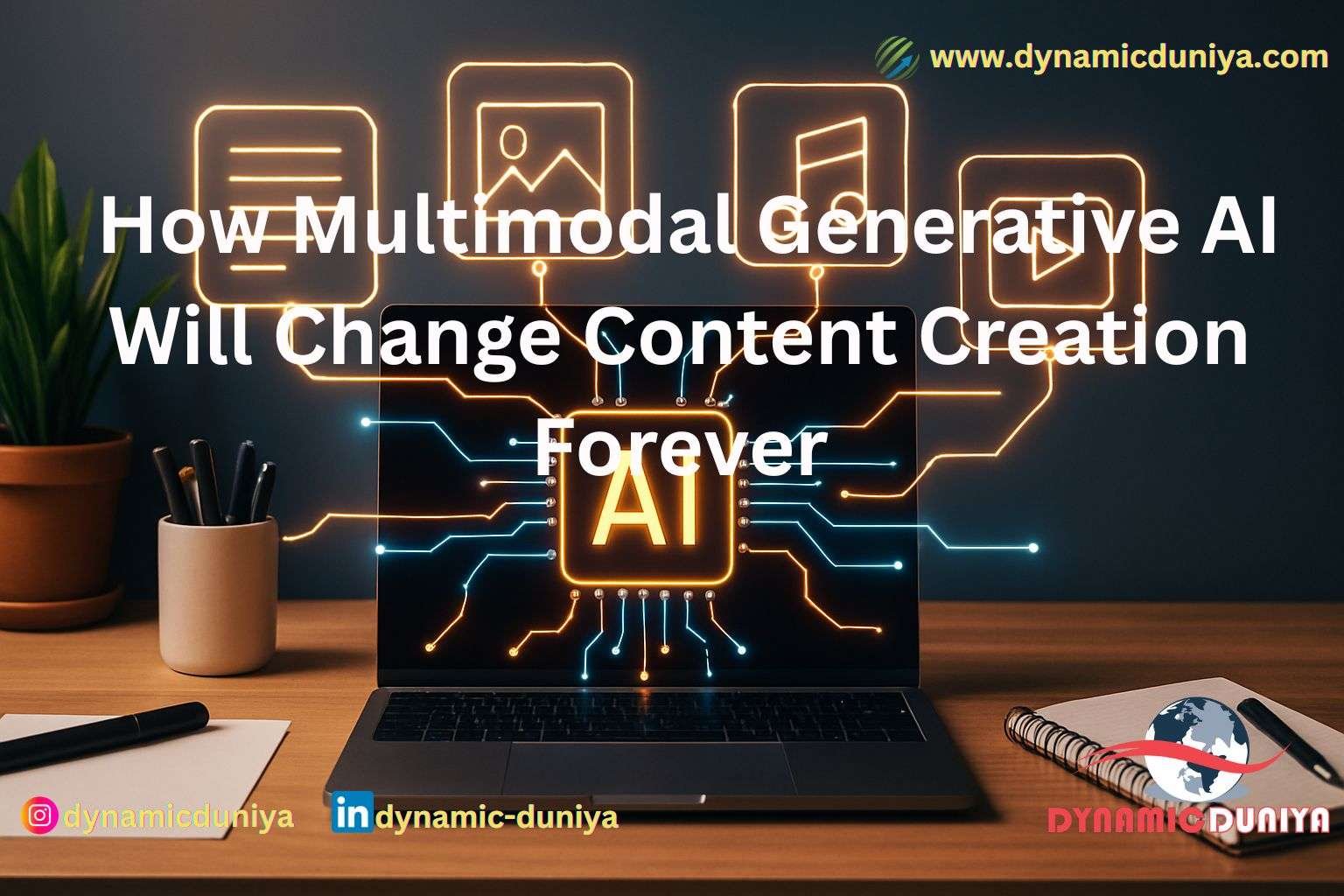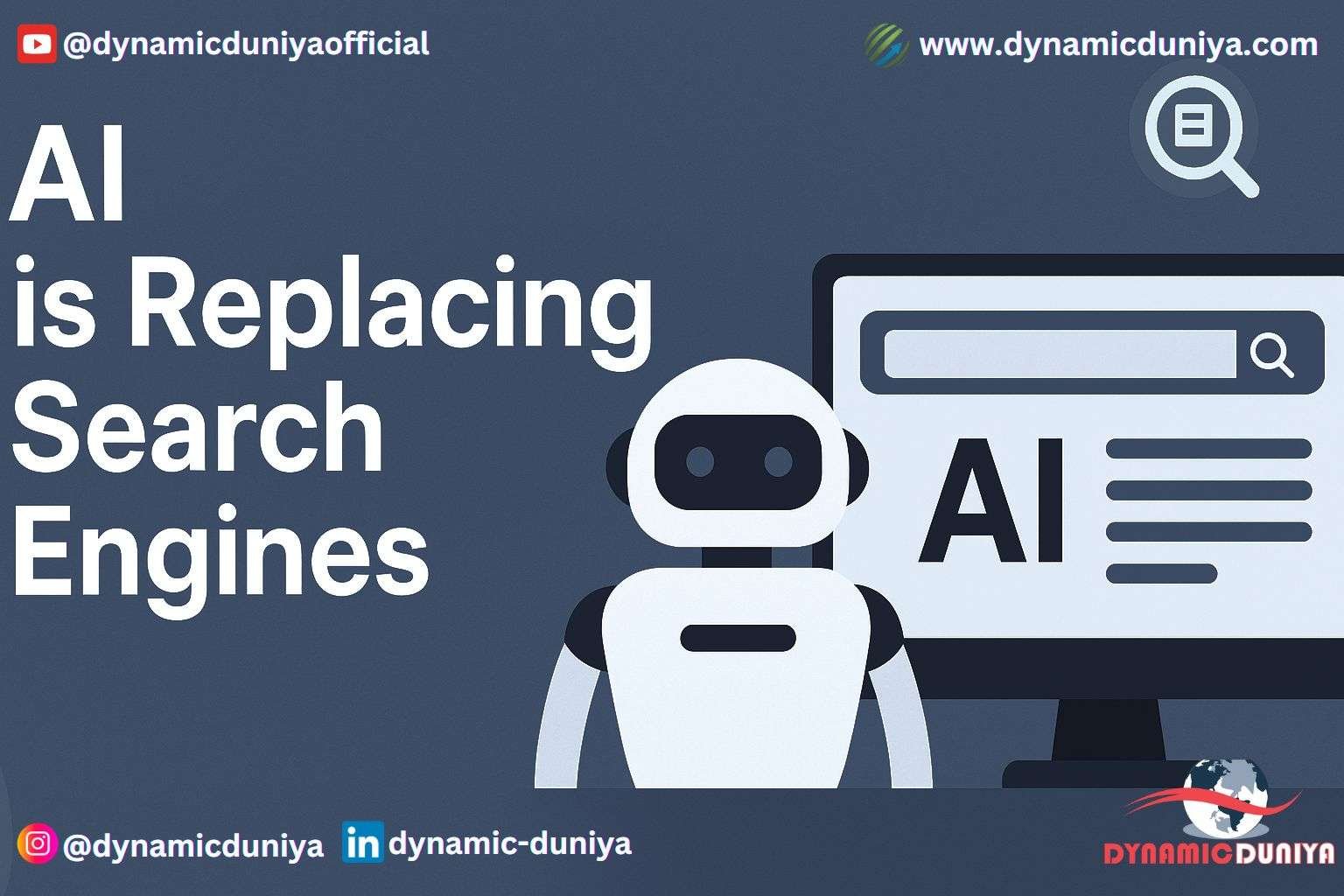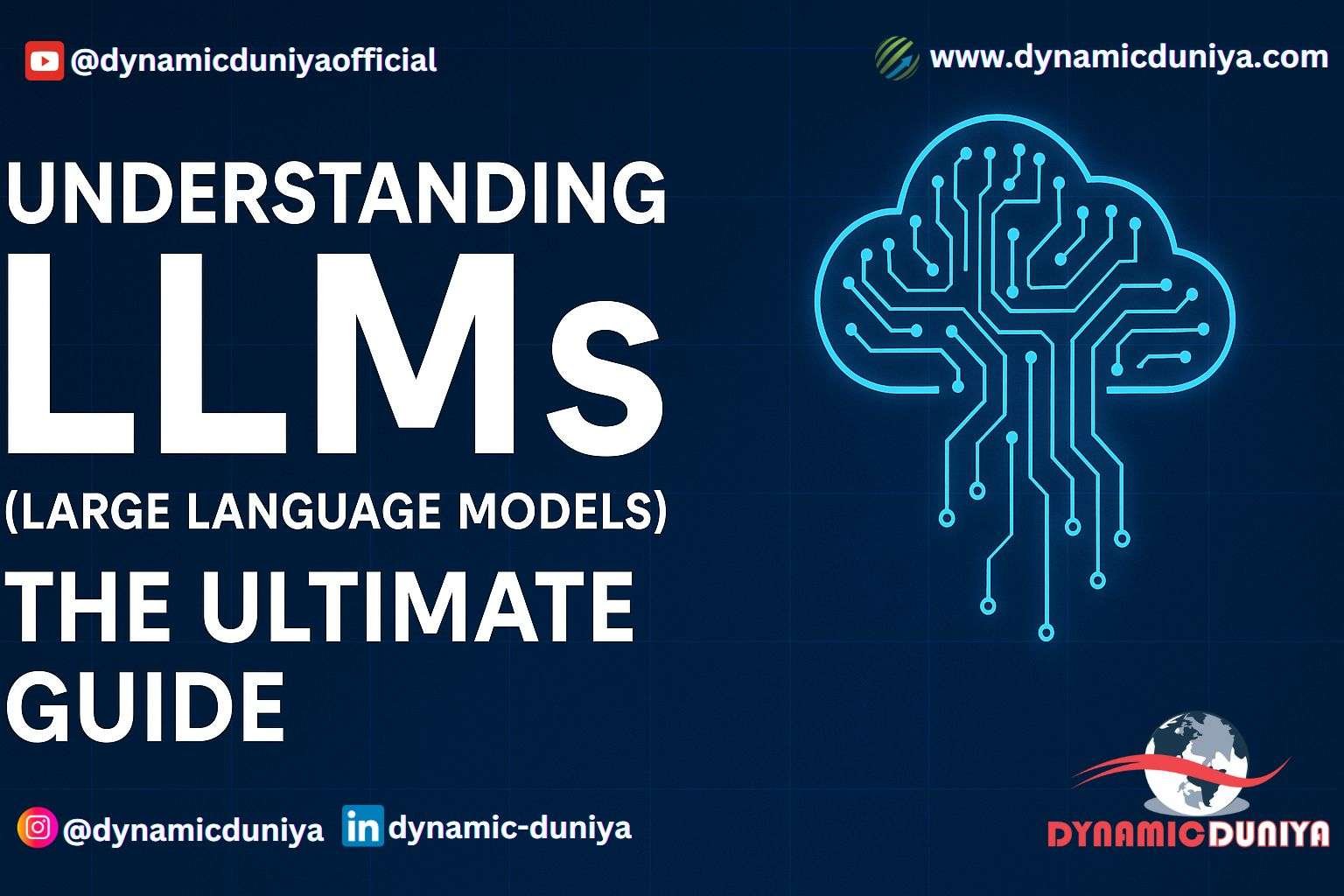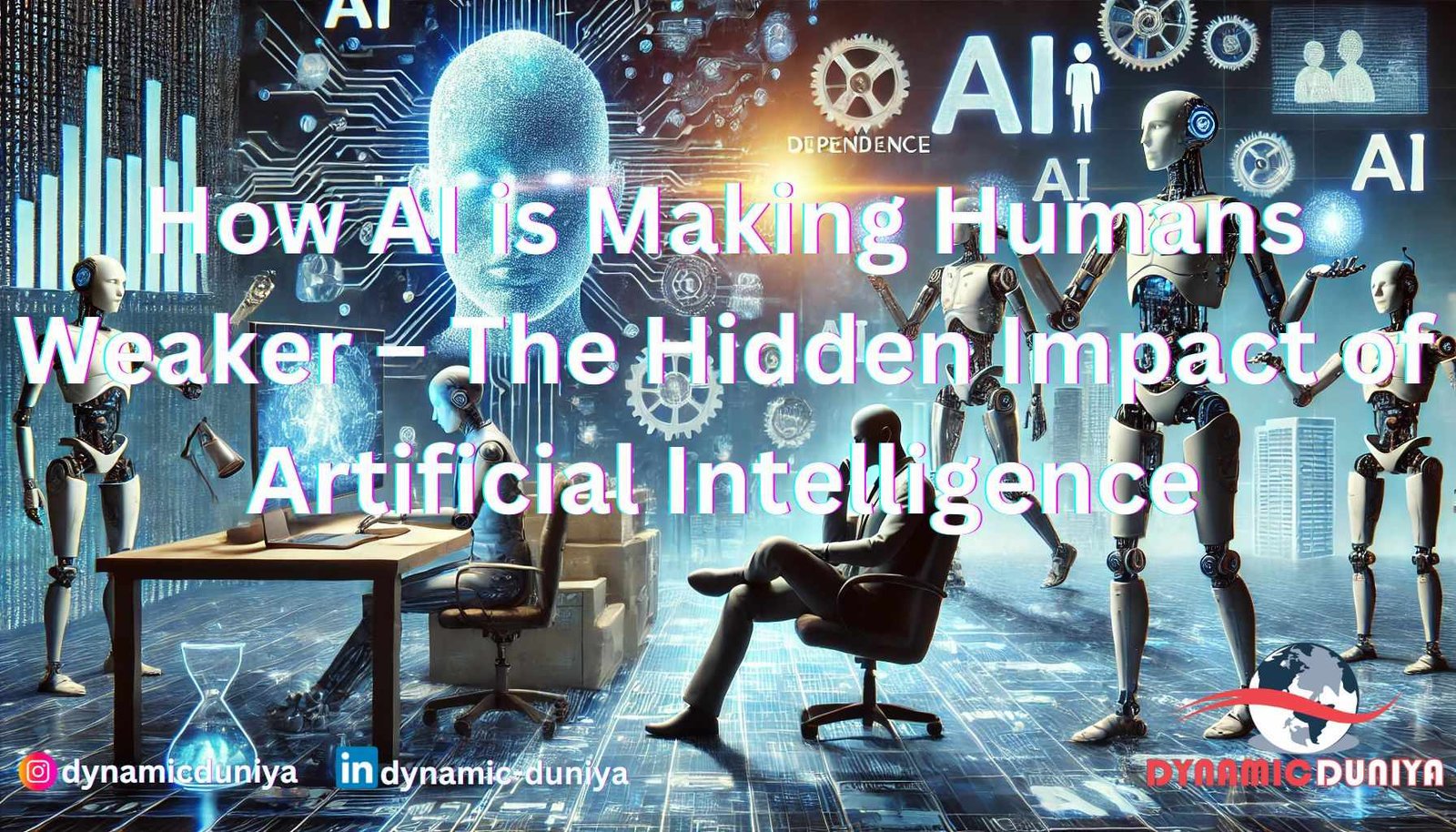How Multimodal Generative AI Will Change Content Creation Forever

Content creation is undergoing a monumental shift. With the advent of multimodal generative AI, creators can now produce text, images, audio, and video in a unified workflow, fueled by AI models that understand and generate across multiple media types. This technology is not just an evolution—it’s a revolution for marketers, artists, developers, educators, and businesses worldwide.
What Is Multimodal Generative AI?
Multimodal generative AI refers to artificial intelligence models (like OpenAI's GPT-4o and Google Gemini 1.5 Pro) that can simultaneously process, generate, and understand a combination of input types—including text, images, audio, and video. These models can:
- Convert a textual prompt into an image or video.
- Generate captions or audio for images and videos.
- Craft entire interactive experiences using multiple input and output modes.
Example: Upload a photo, and the AI writes a story about it, creates matching background music, and generates a short video.
The Evolution: From Text-Only to Multimodal
| Year | Milestone in AI Content Generation | Key Examples |
|---|---|---|
| 2018 | Large-Scale Text Generation | GPT-2 |
| 2020 | Advanced Language Understanding | GPT-3 |
| 2021 | Text-to-Image Transformation | DALL-E, CLIP, Imagen |
| 2022 | Image and Substance Fusion | Stable Diffusion, Midjourney |
| 2024 | Multimodal Fluency (Text, Image, Audio, Video) | GPT-4o, Gemini 1.5 Pro |
How Is Multimodal AI Changing Content Creation?
1. End-to-End Automation
- One prompt, many outputs: Instantly generate marketing kits (banner, slogan, voiceover video) from a single idea.
- Rapid prototyping: Designers turn sketches into colored illustrations and then videos in minutes.
2. Democratizing Creativity
- No technical barriers: Non-designers can create high-quality graphics and videos using natural language instructions.
- Global reach: Multilingual, cross-modal support means content can be generated and localized simultaneously.
3. Hyper-Personalization at Scale
- Dynamic content adaptation: Tailors entire campaigns for individual customers—personalized emails, images, and even custom audio.
- Interactive storytelling: E-learning and gaming can offer custom paths, with AI generating dialogue, visuals, and narration based on user choices.
4. Smarter Collaboration & Workflows
- Real-time iteration: Teams can edit a single source (e.g., a script) and have all related assets update automatically.
- Plug-and-play creativity: Tools like Canva, Adobe Express, and Runway integrate multimodal AIs directly for instant asset generation.
Graphical: The Multimodal AI Content Pipeline
Below is a representative diagram of a modern content creation workflow using multimodal AI:
- Input Source: Text, images, sketches, audio, or video fragment
- AI Model Decision: Detect topic, intent, emotion, and desired output type(s)
- Generation Branches:
- Text → Image, Voiceover, Video
- Image → Caption, Story, Music
- Script + Slides → Animated Explainer with narration
- Output: Multi-format content, ready for deployment or further iteration
Comparative Table: Traditional vs. AI-Powered Content Creation
| Aspect | Traditional Workflow | With Multimodal AI |
|---|---|---|
| Skill Needed | High (writing, design, editing) | Low—natural language prompts |
| Turnaround Time | Days to weeks | Minutes to hours |
| Media Flexibility | Limited, siloed | Seamless across all formats |
| Personalization | Manual, resource-intensive | Automated, at scale |
| Collaboration | Sequential, tool-hopping | Real-time, unified, multi-output |
| Localization | Separate pipelines & hires | AI-driven, instant language support |
Where Is Multimodal AI Used Now?
- Marketing: Personalized campaigns, social media posts, and ads generated in all required formats.
- E-Commerce: Auto-generated product videos, descriptive texts, and image galleries.
- Education: Interactive lesson plans, explainer videos, and adaptive tests.
- Gaming & Entertainment: Story development, dynamic avatars, soundtracks, and levels based on player engagement.
- Accessibility: Real-time captioning, transcriptions, text-to-speech for visually/hearing impaired users.
The Rise of “Prompt Engineering”
With multimodal AI, the "prompt"—the instruction given by a user—becomes the primary creative tool. Prompt engineering is now a sought-after skill, where effective use of language, context, and creative cues determines the quality and diversity of AI-generated content.
Limitations and Emerging Solutions
- Copyright & Ownership: Who owns AI-generated assets? New legal frameworks are evolving.
- Bias & Representation: AI can propagate or reduce content bias. Best practices and auditing are key.
- Quality Control: Human-in-the-loop validation is still recommended, especially for sensitive use-cases.
The Future: What’s Next?
- Proactive Collaboration: AI not only creates but suggests, critiques, and co-authors content.
- Zero-Shot Creativity: Models will soon generate entire campaigns or knowledge bases with minimal or no training examples.
- Ubiquitous Access: On-device AIs, powered by SLMs, will allow creators to work offline or in privacy-sensitive environments.
Actionable Tips for Creators
- Experiment with leading tools: Try OpenAI's GPT-4o, Gemini, or Adobe Firefly for multimodal generation.
- Focus on input quality: Clear, specific prompts yield better results.
- Mix and match: Blend different AI outputs for more sophisticated content (e.g., AI-generated script + AI-video + AI-voiceover).
- Follow ethical guidelines: Give credit, verify outputs, and respect privacy and copyright laws.
Conclusion
Multimodal generative AI is transforming content creation forever. It is empowering a new wave of creators, breaking down technical barriers, and ushering in an era of rapid, expressive, and inclusive storytelling.
If you want your blog to stand out, showcase real examples and walk your audience through how they can get started—today.
References
OpenAI Multimodal Models & Applications (2025)
Google Research on Gemini 1.5 Pro and Multimodal Capabilities (2025)
Industry reports: “The State of AI Content Creation” (Q2 2025)
Random Blogs
- 5 Ways Use Jupyter Notebook Online Free of Cost
- Python Challenging Programming Exercises Part 1
- AI in Cybersecurity: The Future of Digital Protection
- Understanding SQL vs MySQL vs PostgreSQL vs MS SQL vs Oracle and Other Popular Databases
- AI in Marketing & Advertising: The Future of AI-Driven Strategies
- 10 Awesome Data Science Blogs To Check Out
- What is YII? and How to Install it?
- The Ultimate Guide to Artificial Intelligence (AI) for Beginners
- What Is SEO and Why Is It Important?
- Big Data: The Future of Data-Driven Decision Making
Prepare for Interview
- JavaScript Interview Questions for 5+ Years Experience
- JavaScript Interview Questions for 2–5 Years Experience
- JavaScript Interview Questions for 1–2 Years Experience
- JavaScript Interview Questions for 0–1 Year Experience
- JavaScript Interview Questions For Fresher
- SQL Interview Questions for 5+ Years Experience
- SQL Interview Questions for 2–5 Years Experience
- SQL Interview Questions for 1–2 Years Experience
- SQL Interview Questions for 0–1 Year Experience
- SQL Interview Questions for Freshers
- Design Patterns in Python
Datasets for Machine Learning
- Awesome-ChatGPT-Prompts
- Amazon Product Reviews Dataset
- Ozone Level Detection Dataset
- Bank Transaction Fraud Detection
- YouTube Trending Video Dataset (updated daily)
- Covid-19 Case Surveillance Public Use Dataset
- US Election 2020
- Forest Fires Dataset
- Mobile Robots Dataset
- Safety Helmet Detection
- All Space Missions from 1957
- OSIC Pulmonary Fibrosis Progression Dataset
- Wine Quality Dataset
- Google Audio Dataset
- Iris flower dataset
- Artificial Characters Dataset
- Bitcoin Heist Ransomware Address Dataset




